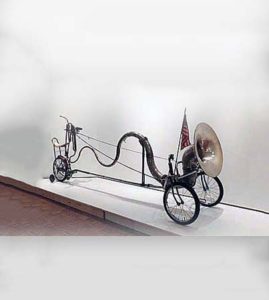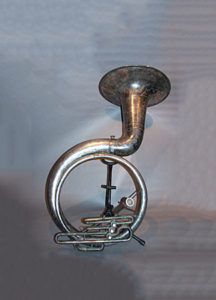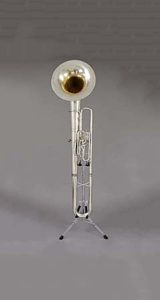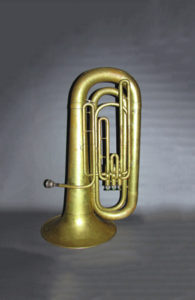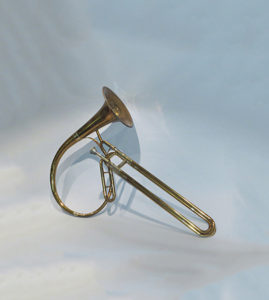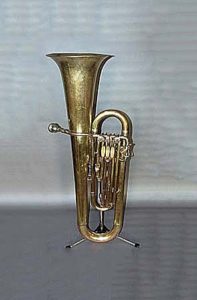Tubas / Sousaphones / Helicons
The tuba is the lowest-pitched musical instrument in the brass family. It first appeared in the mid-19th century, making it one of the newer instruments in the modern orchestra and concert band. The tuba largely replaced the ophicleide.
The sousaphone is a brass instrument in the same family as the more widely known tuba and is a specialized version of the helicon. Created around 1893 by J.W. Pepper at the direction of American bandleader John Philip Sousa (after whom the instrument was then named), it was designed to be easier to play than the concert tuba while standing or marching. It is bent in a circle to fit around the body of the musician.
The helicon is also a brass musical instrument in the tuba family. They exist in several sizes, Bb, Eb, F, and tenor. The helicon is derived from the saxhorn and was first used in the 1860s in cavalry and artillery mounted bands, then later used in military marching bands. Both the sousaphone and helicon have circular shapes and are designed to be worn on the shoulder.

